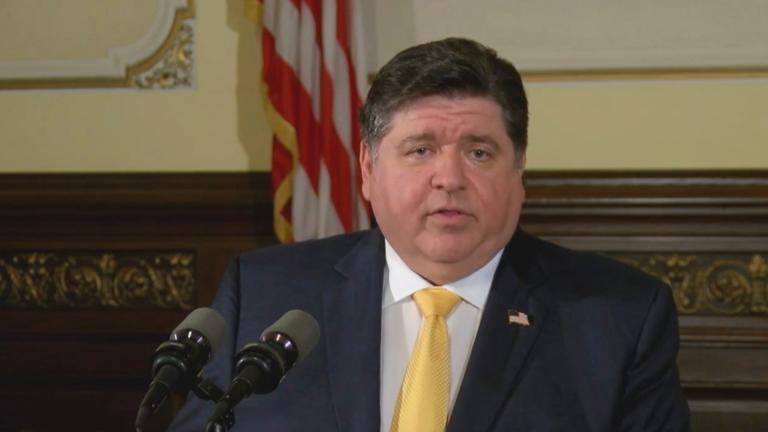 (WTTW News)
(WTTW News)
A proposal from Mayor Lori Lightfoot’s administration to use property tax revenue generated downtown to fund the $3.6 billion extension of the CTA’s Red Line from 95th Street to the city’s southern border near 130th Street cleared its first hurdle on Tuesday.
The Community Development Commission sent the proposal to the Chicago Plan Commission, which is scheduled to consider the issue at its meeting scheduled for Oct. 20, officials said. Commissioner Grace Chan McKibben cast the only dissenting vote.
With the endorsement of the Chicago Plan Commission, the proposal could head to the Chicago City Council for a final vote in December — even though just one alderperson has signed a letter of support, officials said.
The proposal from Lightfoot’s administration would create a new tax-increment financing district along the southern branch of the CTA Red Line to generate $950 million for the project by funneling a portion of the increase in property tax revenues for the next 35 years from the 42nd, 3rd, 4th, 11th and 25th wards — even though the extension of the train line would be miles away from any of those wards.
While the new train line would stretch from 95th Street to 130th Street, the city’s share of the cost of the construction would come from the growth in property tax revenues generated by properties between Madison and Pershing streets within a half-mile of the CTA Red Line.
Just Ald. Byron Sigcho Lopez (25th Ward) supports the proposal, officials said.
Ald. Pat Dowell (3rd Ward), an ally of the mayor and chair of the City Council’s Budget Committee, told the members of the Community Development Commission, that the “jury was still out” on whether she would support the proposal but would continue to discuss the issue with Lightfoot's administration.
In August, Dowell told the commission the proposal would be a “bad deal” for residents of Bronzeville and set a bad precedent.
CTA officials have defended the plan by saying the extension will benefit the entire city — not just the Far South Side — by allowing people to get to work in the Loop 30 minutes faster while reducing carbon emissions from cars.
The proposal, which officials said would create 6,000 jobs, also has the support of the politically powerful Chicago Federation of Labor.
The city must match an expected federal grant of $2.16 billion to get the project first envisioned by former Mayor Richard J. Daley in the 1950s.
The city’s use of TIF districts has fueled a perennial argument over whether the districts, which capture all growth in the property tax base in a designated area for 23 years, actually spur redevelopment and eradicate blight or serve to exacerbate growing inequality in Chicago.
Typically, the funds generated by TIF must be used in the same area of the city that the taxes were generated. But the TIF proposed by Lightfoot would use the growth concentrated downtown and south of the Loop to fund the train line extension on the Far South Side, where property tax revenue has been stagnant or declining for many years — a reminder of the legacy left by modern segregation.
The city’s first Transit TIF was created in 2017 to fund the reconstruction of the Red, Purple and Brown lines on the North Side that is underway now.
The proposed Transit TIF would last for 35 years, and would not reduce funding to the Chicago Public Schools.
Contact Heather Cherone: @HeatherCherone | (773) 569-1863 | [email protected]








